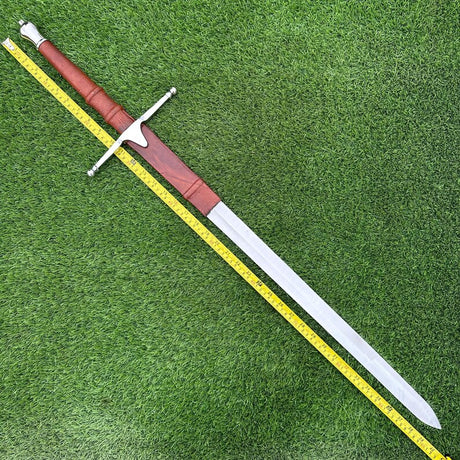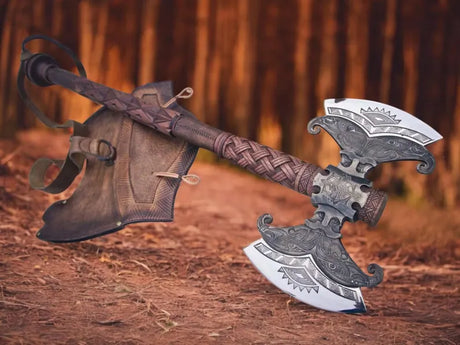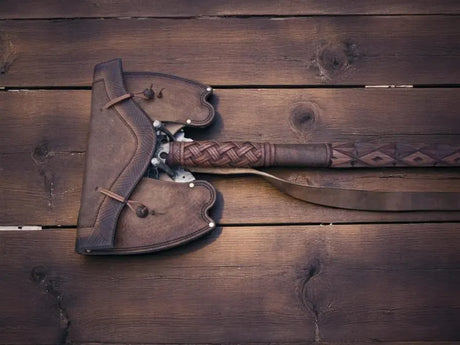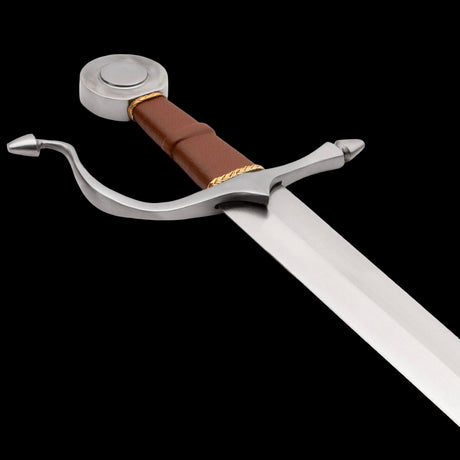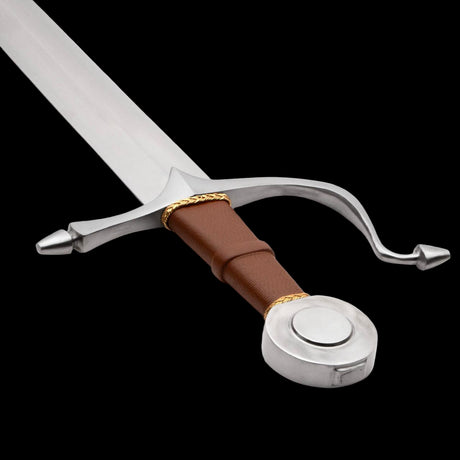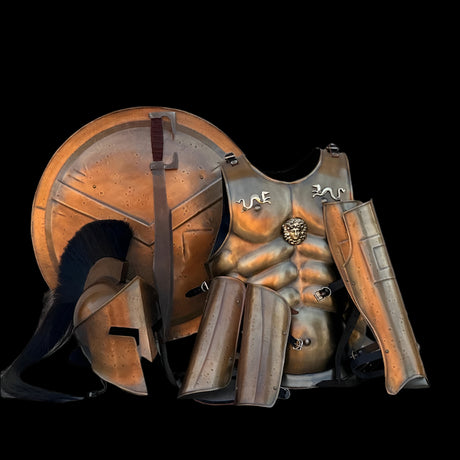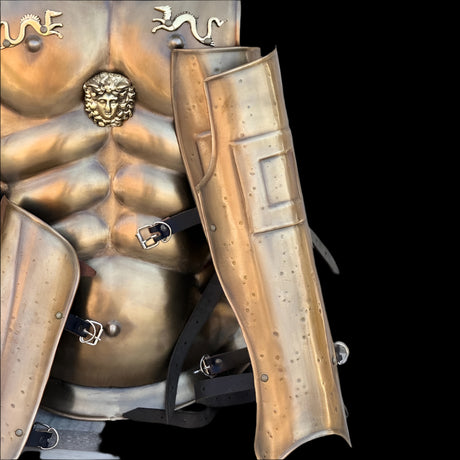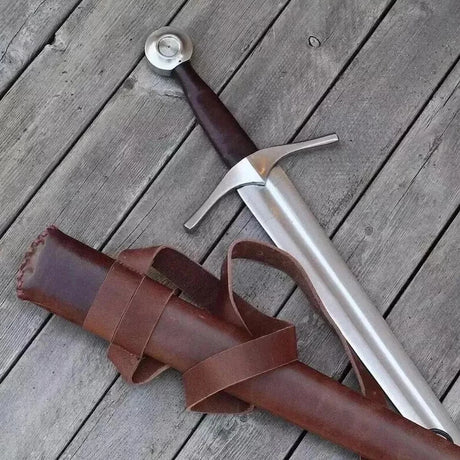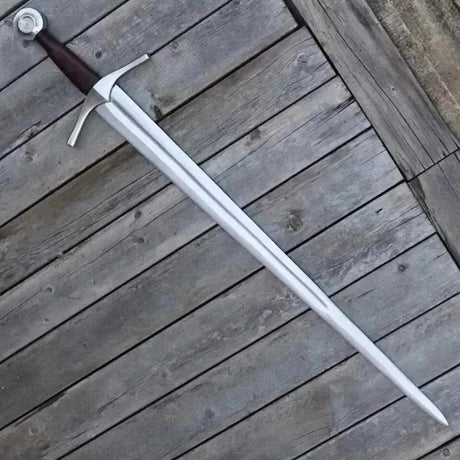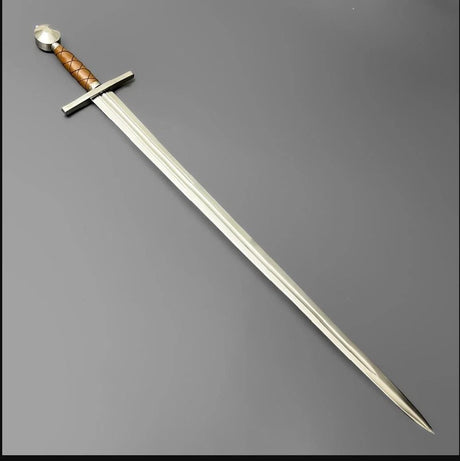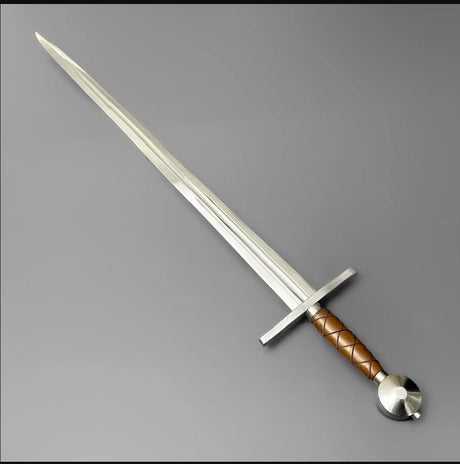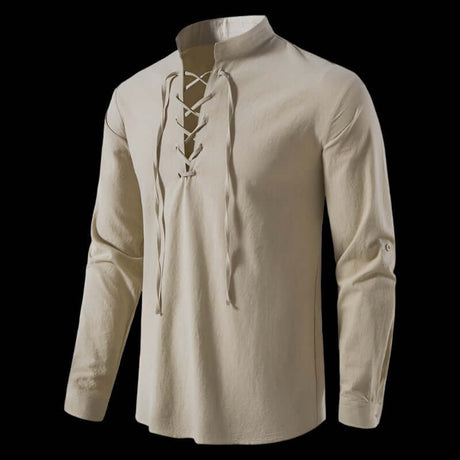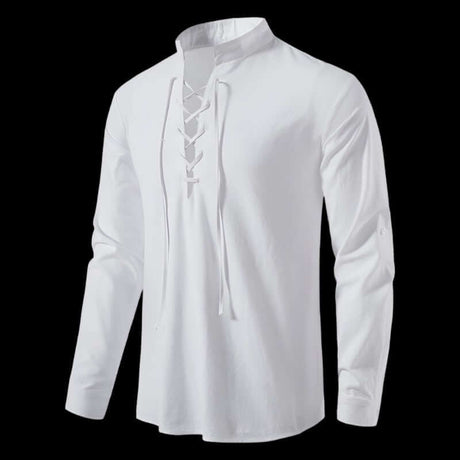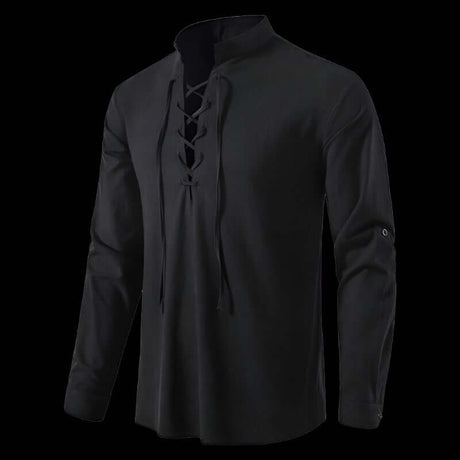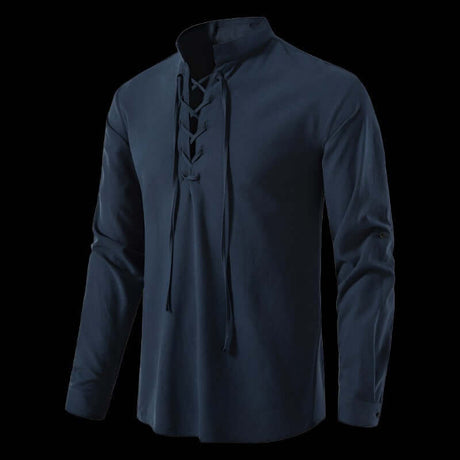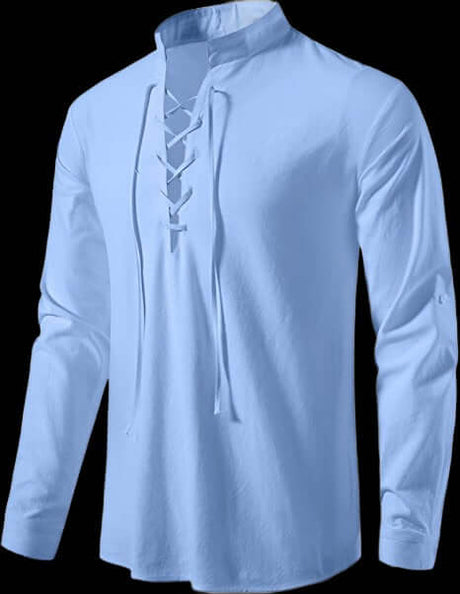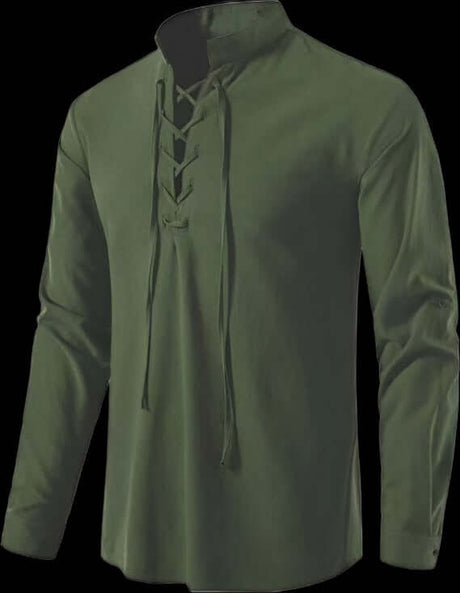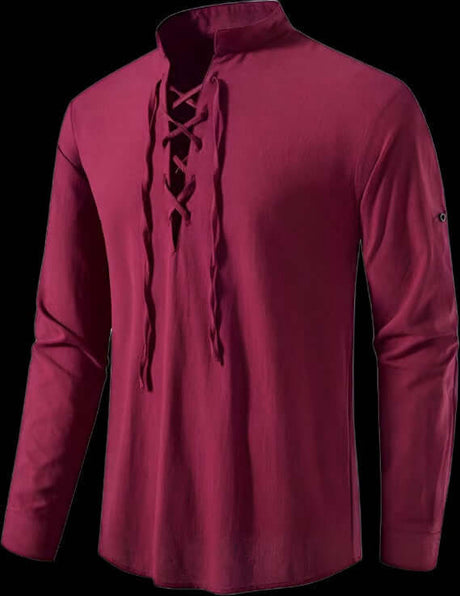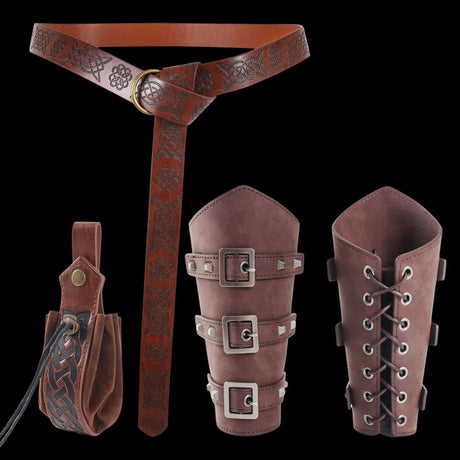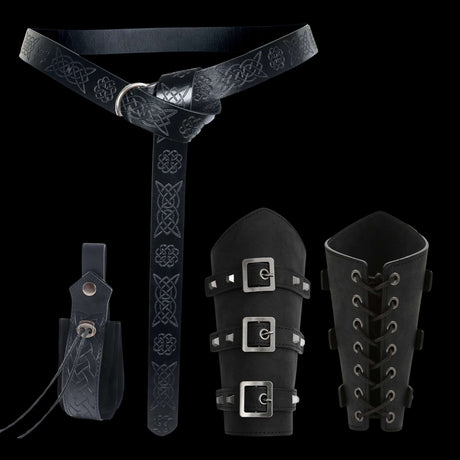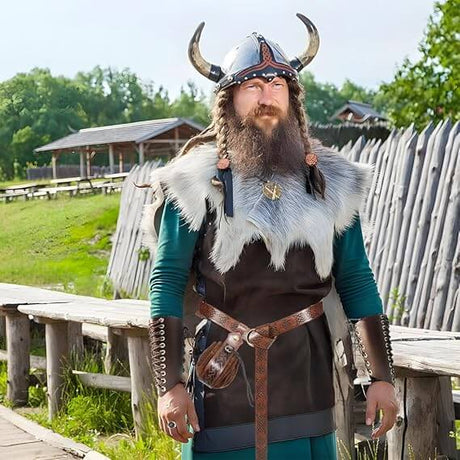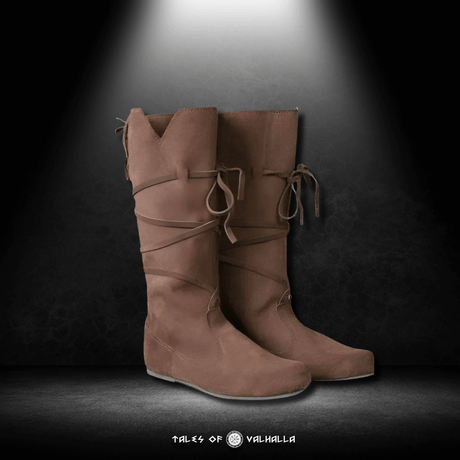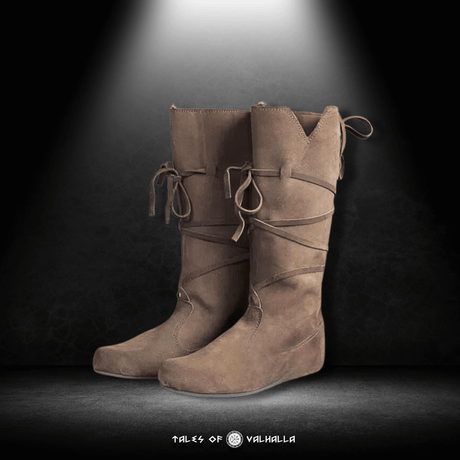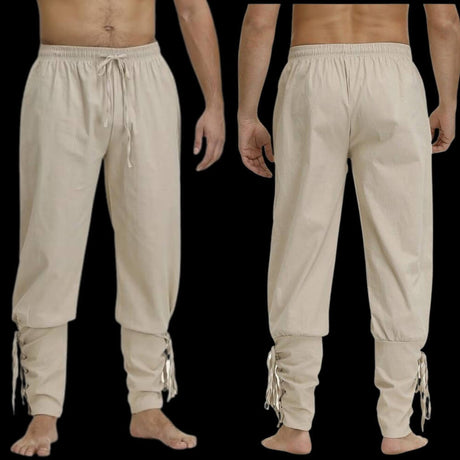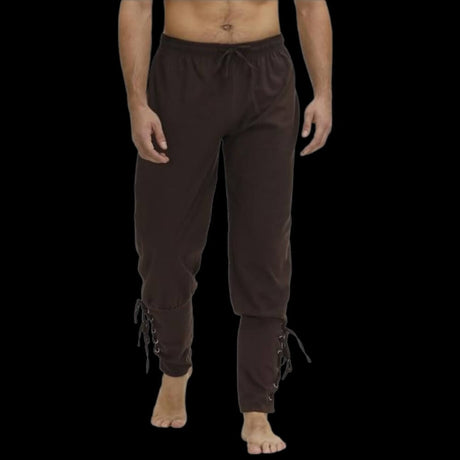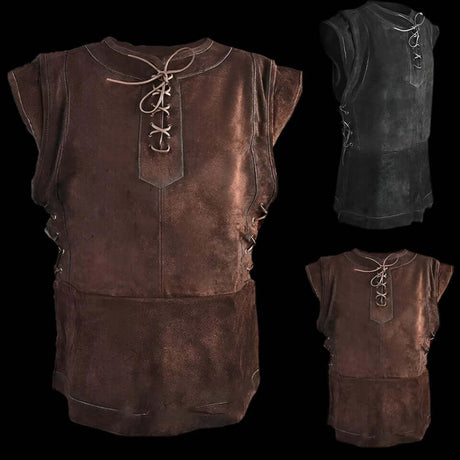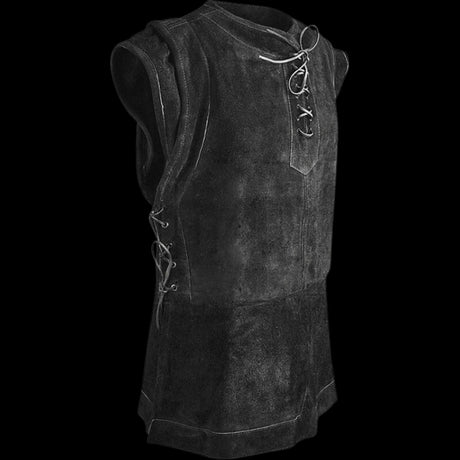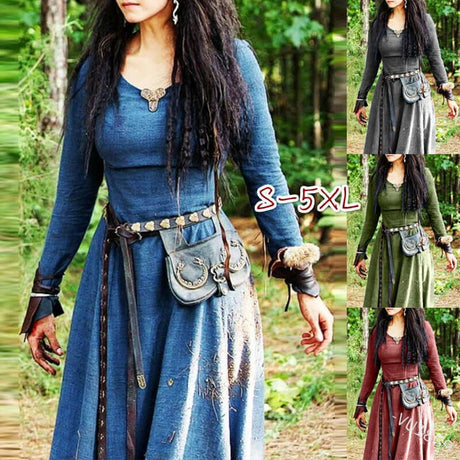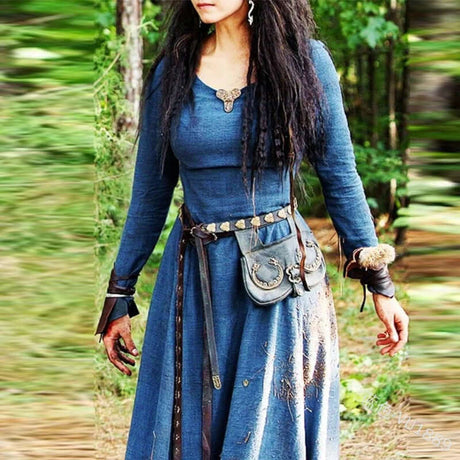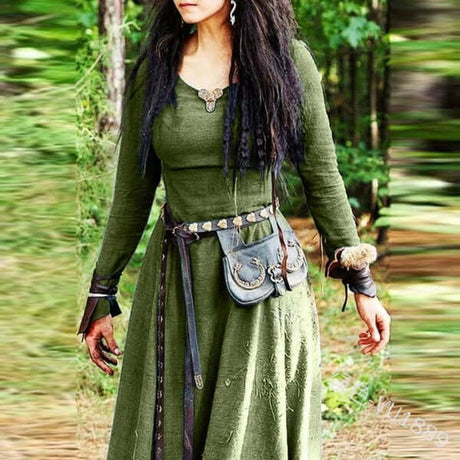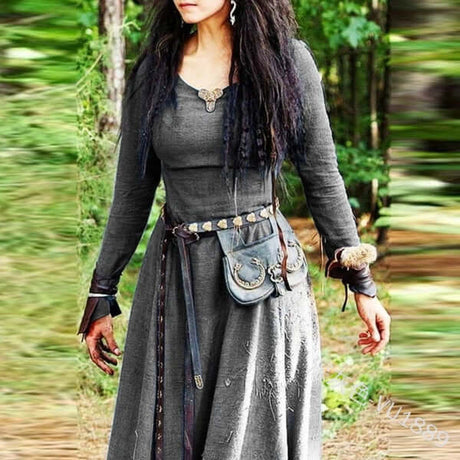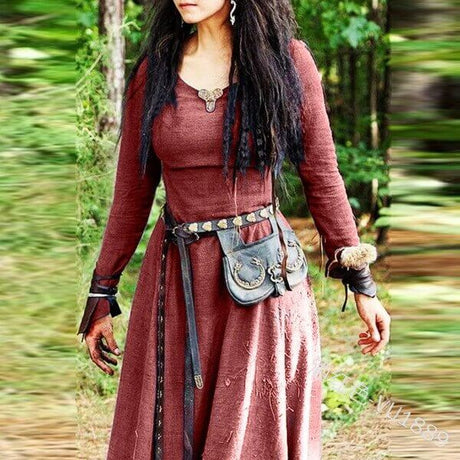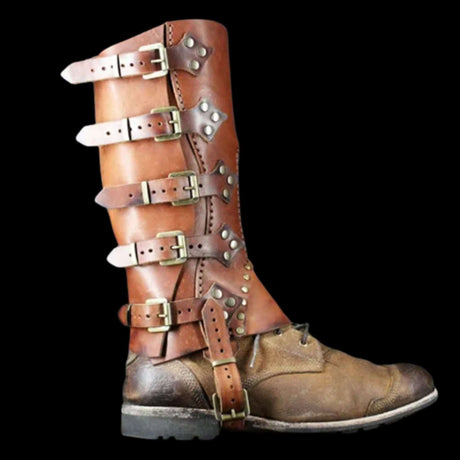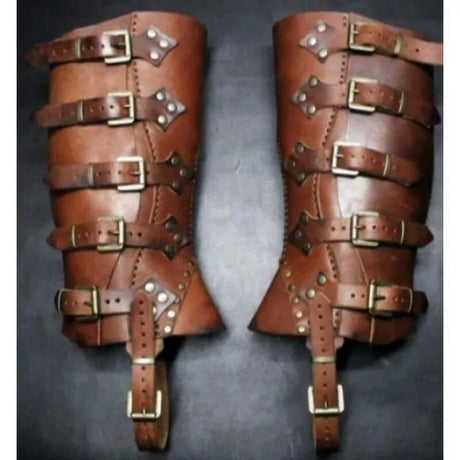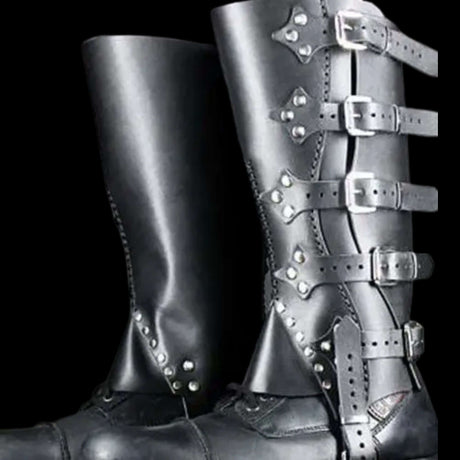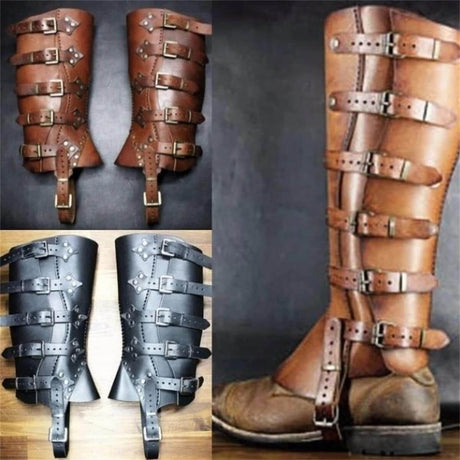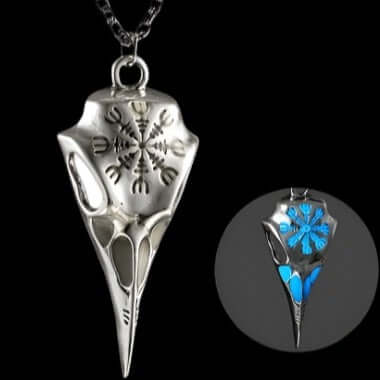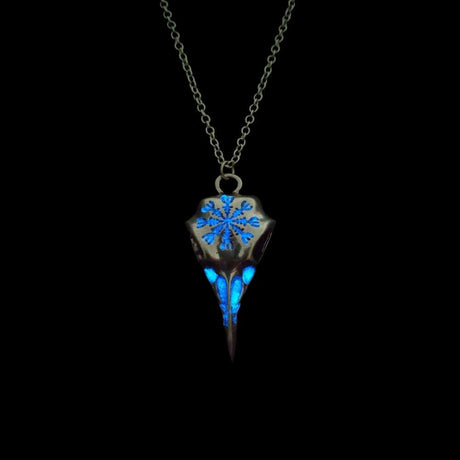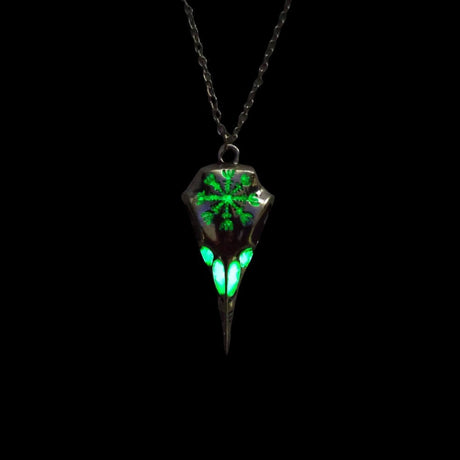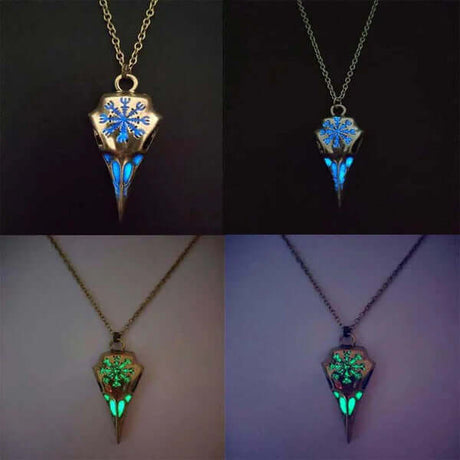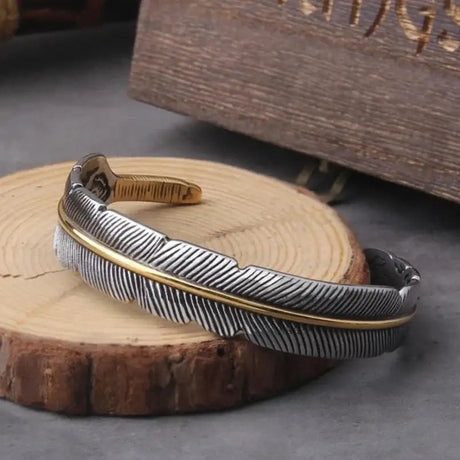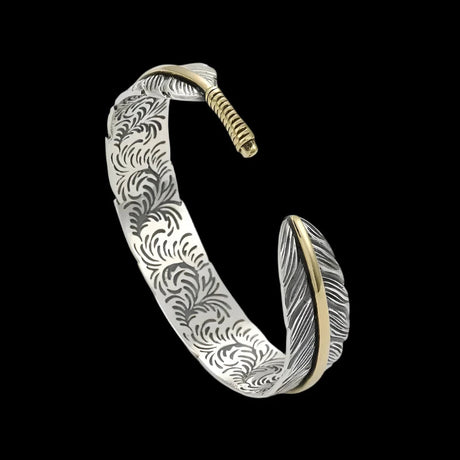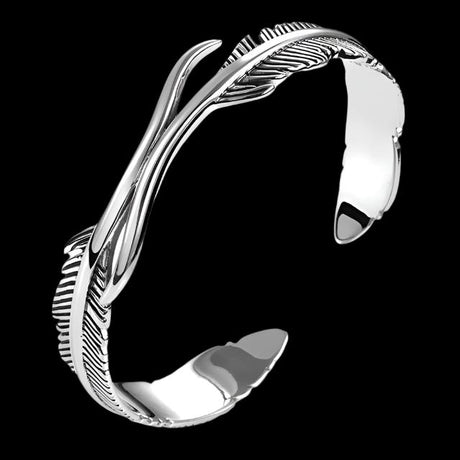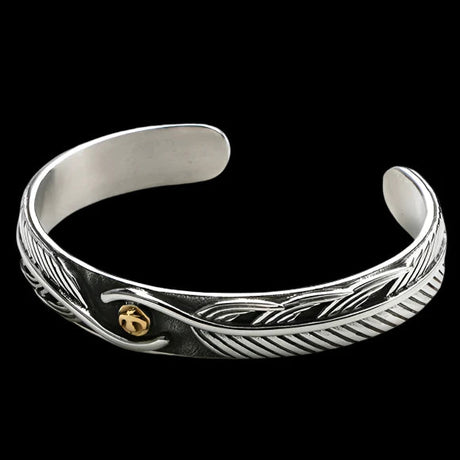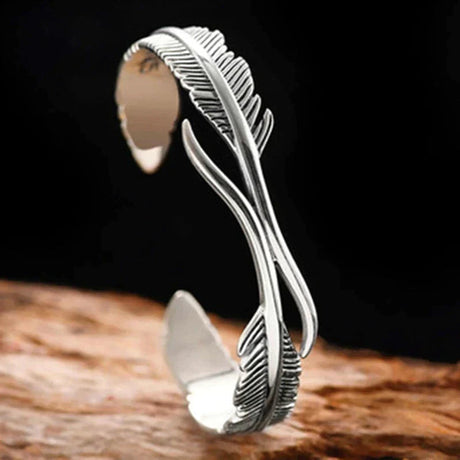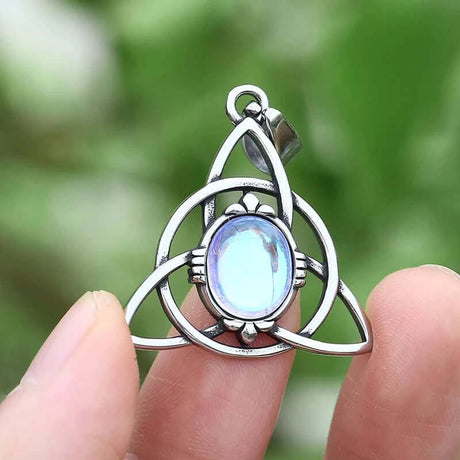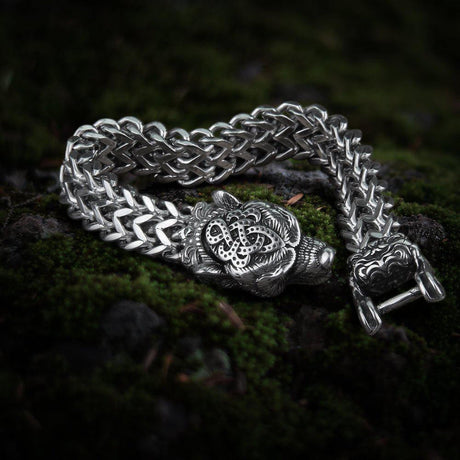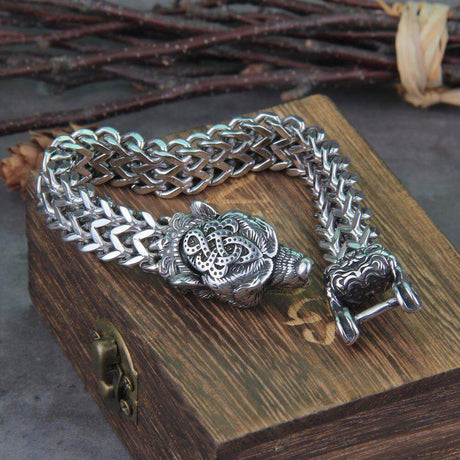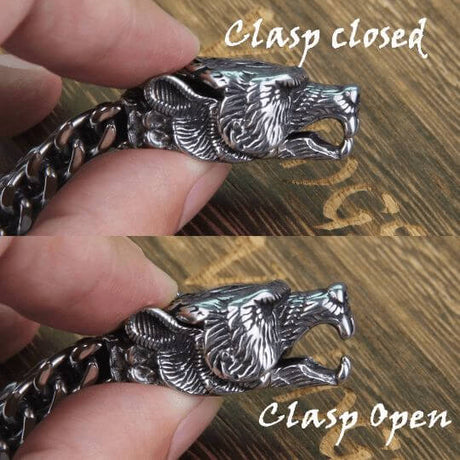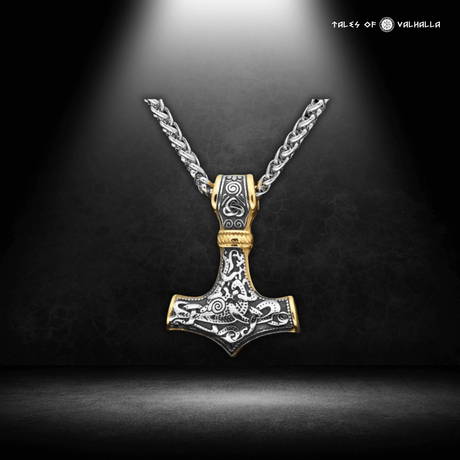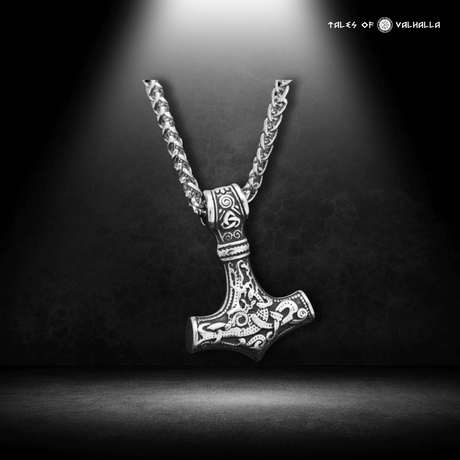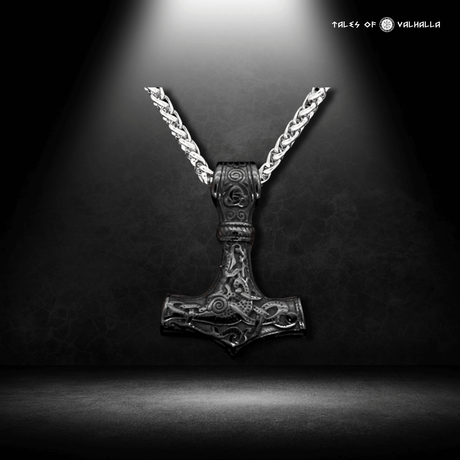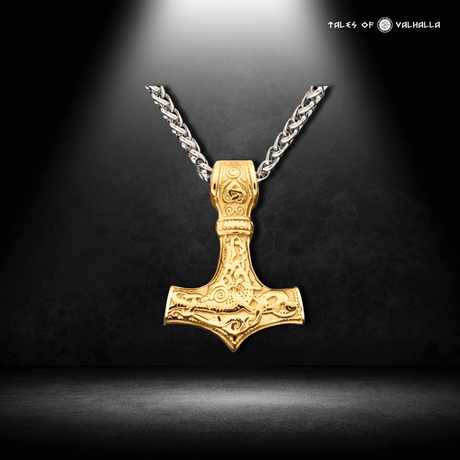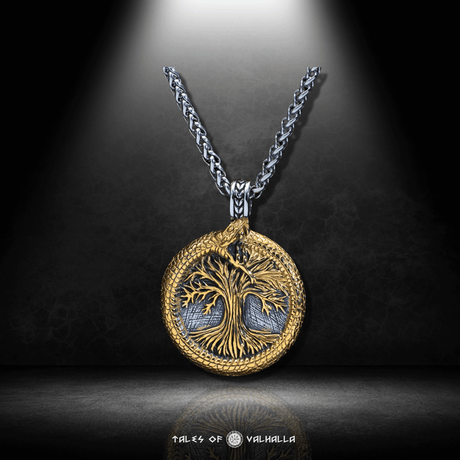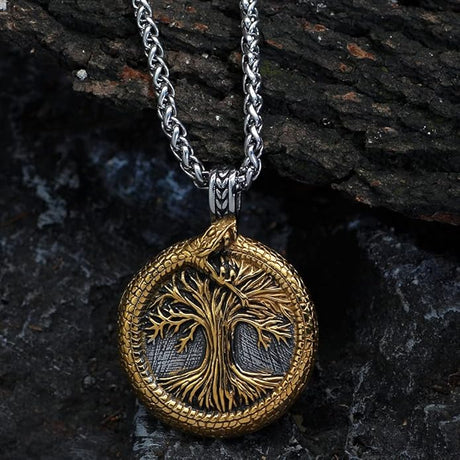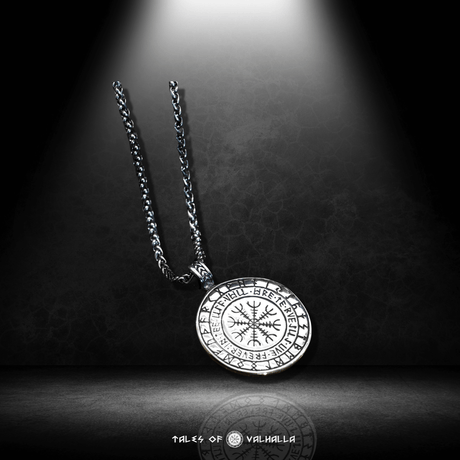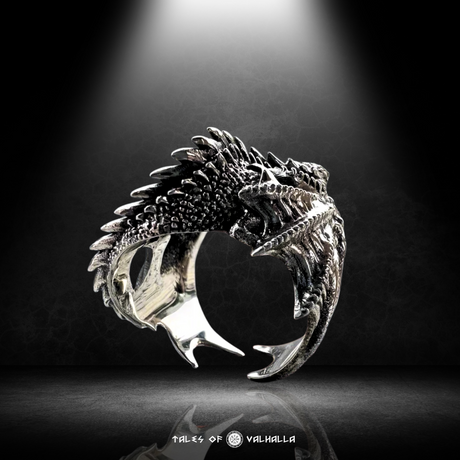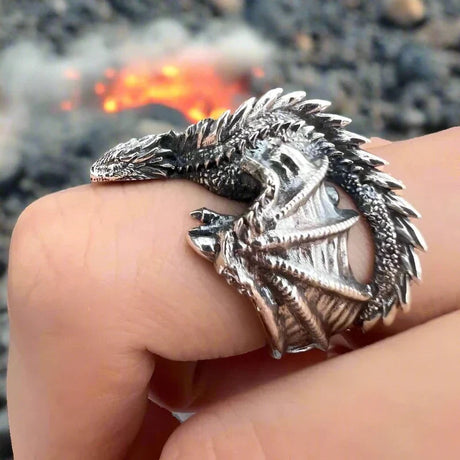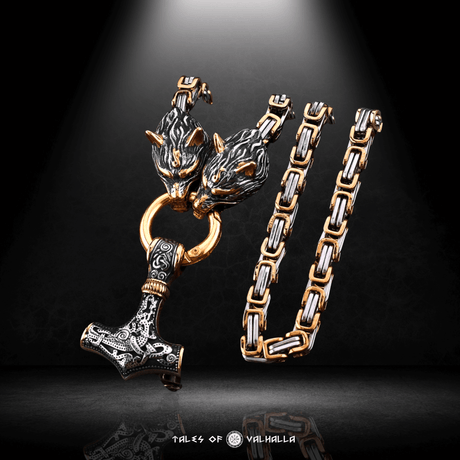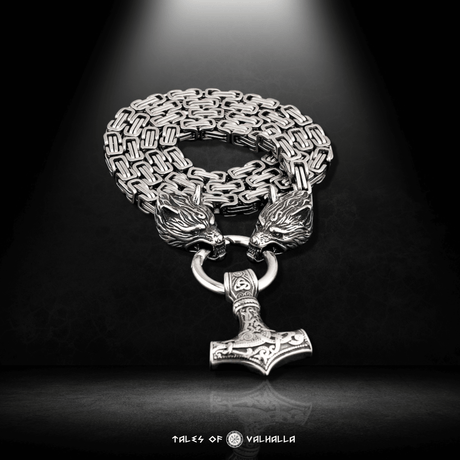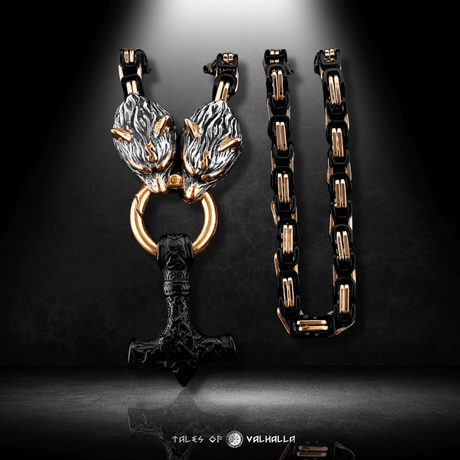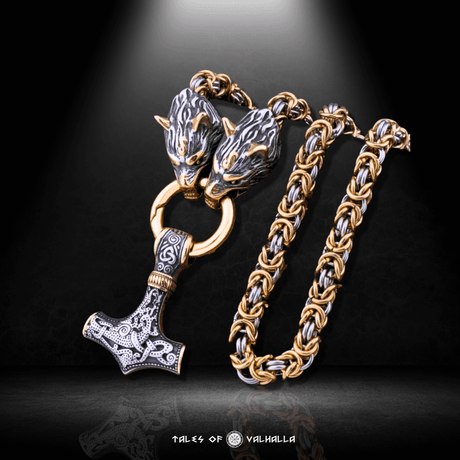The shield wall groans under the weight of the enemy charge. Amidst the chaos of clashing steel and desperate shouts, a new sound rises—a chilling, inhuman howl. A warrior, stripped to the waist, his eyes wide with a terrifying, ecstatic madness, bites the rim of his shield. He is immune to fear, impervious to pain. He is a force of nature, a whirlwind of destruction. This is the enduring image of the Viking Berserker Warriors.
These legendary fighters are some of the most fearsome and mysterious figures of the Viking Age. Popular culture in the United States has often portrayed them as superhuman, shape-shifting beasts or simply crazed madmen. But who were the Viking Berserker Warriors in reality? Were they fueled by hallucinogenic mushrooms, possessed by animal spirits, or were they something else entirely? This deep dive will strip away the layers of myth to explore the historical evidence, the psychological theories, and the unique cultural role of these champions of Odin.
Decoding the Name: What Does "Berserker" Mean?
The name itself provides our first clue into the nature of these warriors. The Old Norse word berserkr is a compound word, but its exact meaning has been the subject of scholarly debate for centuries, leading to two primary theories.

Decoding the Name: What Does "Berserker" Mean?
The "Bear-Shirt" Theory (Ber-serkr)
The most widely accepted etymology is that berserkr translates to "bear-shirt." This interpretation suggests that Viking Berserker Warriors would wear the pelts of bears as a form of armor and as a ritualistic garment.
-
Symbolism of the Bear: In Norse culture, the bear was a symbol of immense strength, ferocity, and kingly power. By wearing the skin of a bear, a warrior was not just protecting himself; he was invoking the spirit and power of the animal, seeking to embody its untamable rage and strength. This theory positions the berserker as part of an animal-warrior cult.
The "Bare-Sark" Theory (Berr-serkr)
An alternative theory suggests the name means "bare-shirt" or "bare of sark," implying that these warriors went into battle without mail armor, perhaps even bare-chested.
-
Symbolism of Invulnerability: Fighting without armor would be a powerful psychological statement. It would signal a complete reliance on battle fury and a contempt for personal safety, suggesting a belief in their own invulnerability, possibly granted by the god Odin. This would have been an incredibly intimidating sight for their opponents, reinforcing the fearsome reputation of the Viking Berserker Warriors.
Both theories point to a warrior who rejected conventional armor and tactics, relying instead on a state of primal fury and a deep connection to animalistic or divine power.
The Berserker in the Sagas: Portraits of Primal Fury
Our most vivid descriptions of Viking Berserker Warriors come from the Icelandic Sagas, which are filled with tales of their terrifying exploits.
Literary Depictions of the Berserkergang
The sagas describe the state of battle fury, known as berserkergang, in consistent and dramatic terms. Before a battle, a berserker would:
- Tremble and Shiver: Their bodies would shake uncontrollably.
- Teeth Grinding and Foaming at the Mouth: A physical transformation seemed to take place.
- Howl Like Wild Beasts: They would emit animalistic cries, a terrifying sound on the battlefield.
- Bite Their Shields: A classic image is the berserker biting the iron rim of his shield in a fit of rage.
Once the berserkergang took hold, they were described as being superhumanly strong, immune to pain from fire or steel, and would fight with a reckless abandon that terrified friend and foe alike. After the battle, this state would be followed by a period of extreme weakness, exhaustion, and confusion.
Egil's Saga and Other Examples
- Egil's Saga: This famous saga describes the protagonist's grandfather, Kveld-Ulf ("Evening Wolf"), and other members of his family who were known to be hamrammr (shifters of form), a quality often associated with berserkers. Kveld-Ulf was a peaceful man by day but became incredibly strong and dangerous in the evening, a trait his son Skalla-Grímr inherited.
- Ynglinga Saga: Snorri Sturluson describes Odin's chosen warriors who "went without mailcoats and were mad as hounds or wolves... they were as strong as bears or bulls. They slew men, but neither fire nor iron had effect upon them." This is a classic literary description of Viking Berserker Warriors.
Story Vignette 1: The Fury Unleashed Imagine a young Viking named Leif, standing in his first shield wall. The air is cold, the tension thick enough to taste. To his right, a group of a dozen men stand apart. They are the Jarl's berserkers. They are not preparing their armor; instead, they begin to groan, a low, guttural sound that builds into a chilling howl. One of them, a massive man named Ulf, begins to shake violently, his teeth chattering. He takes the rim of his shield in his mouth and bites down, the sound of iron on bone making Leif's blood run cold. When the signal for the charge comes, Ulf and his brethren surge forward like a tidal wave, a terrifying, unstoppable force of pure rage. Leif understands then that Viking Berserker Warriors are not just men; they are a weapon unto themselves
Odin's Champions: The Cultic and Religious Dimension
The berserker phenomenon cannot be understood as mere battle rage; it was deeply intertwined with Norse religion, specifically the cult of Odin.
A Devotion to the Allfather
Odin was not just the god of wisdom and poetry; he was also the god of war, ecstasy, madness, and the fury of battle. The berserkergang was seen as a divine gift, a state of ecstatic rage bestowed upon his most devoted followers. In this state, the warrior became a vessel for Odin's own battle fury. These Viking Berserker Warriors were, in essence, a warrior cult dedicated to the Allfather.
Animal Symbolism: Bear and Wolf Warriors
The connection to animal spirits was central to these warrior cults.
- The Berserkers (Bear Warriors): As the "bear-shirts," these warriors sought to channel the raw, unstoppable power of the bear, a creature revered for its immense strength and ferocity.
- The Úlfhéðnar (Wolf Warriors): A related, and perhaps even more elite, group of warriors were the Úlfhéðnar (singular: Úlfheðinn), meaning "wolf-coats" or "wolf-hides." Like the berserkers, they were devoted to Odin and sought to embody the cunning and pack-mentality of the wolf in battle.
Shamanistic Warriors?
Some scholars interpret the berserkergang as a form of shamanistic trance. In this view, the warrior did not literally transform into a beast, but entered an altered state of consciousness where they psychologically became the animal, shedding their human inhibitions and fears to channel the creature's primal spirit. The ritualistic preparation and subsequent exhaustion are consistent with descriptions of shamanic practices in other cultures. This makes the Viking Berserker Warriors a fascinating intersection of warrior and shaman.
The "Berserkergang": Explaining the Battle Fury
The exact cause of the berserkergang is one of the most debated topics surrounding Viking Berserker Warriors. Several theories, ranging from the mundane to the mystical, have been proposed.

The "Berserkergang": Explaining the Battle Fury
Theory 1: Self-Induced Hysteria
This theory suggests that the battle fury was a psychological state achieved through intense ritual and conditioning.
- Ritualistic Preparation: Through a combination of war dances, rhythmic chanting, and hyperventilation, warriors could work themselves into a frenzy before a battle.
- Group Psychology: The shared experience within a small, tight-knit group would amplify the effect, creating a feedback loop of aggression and excitement.
- Battlefield Adrenaline: Once in combat, the natural rush of adrenaline would heighten this state, leading to the described feats of strength and insensitivity to pain.
Theory 2: Psychoactive Substances (The Mushroom Debate)
A popular, though highly contested, theory is that berserkers ingested psychoactive substances to induce their rage.
- Hallucinogenic Mushrooms: The most commonly suggested culprit is the fly agaric mushroom (Amanita muscaria).
- The Counterarguments: Many historians and pharmacologists are skeptical. The effects of Amanita muscaria often include nausea, muscle twitching, and lethargy, which are inconsistent with the descriptions of coordinated, furious combat. While it could induce a rage-like state, it would likely be unfocused and detrimental to effective fighting. There is also no direct archaeological or literary evidence linking Viking Berserker Warriors to mushroom use.
Theory 3: Medical or Psychological Conditions
Some modern researchers have proposed that the berserkergang could be explained by underlying medical or psychological conditions.
- Post-Traumatic Stress Disorder (PTSD): The extreme stress of Viking Age combat could certainly lead to psychological conditions. Some symptoms of PTSD, like hyper-arousal and dissociative episodes, bear a passing resemblance to the berserker state.
- Other Conditions: Other suggested possibilities include intermittent explosive disorder, or even genetic conditions that could cause rage-like episodes. However, these theories struggle to explain the ritualistic, group-based nature of the phenomenon.
Theory 4: The Power of Belief and Cultic Practice
Perhaps the most compelling theory is that the berserkergang was a genuine altered state of consciousness induced by a powerful combination of psychological conditioning and deep religious belief. A warrior who truly believed they were channeling the spirit of a bear and the fury of Odin would be capable of extraordinary acts, pushing their body and mind far beyond normal human limits.
The Role of Viking Berserker Warriors in Society
The role of berserkers was not static; it evolved over the course of the Viking Age.
Elite Shock Troops and Royal Bodyguards
In the early Viking Age, Viking Berserker Warriors were often highly prized by kings and chieftains.
- Vanguard Troops: Their primary role was as shock troops. A small group of berserkers would be unleashed at the start of a battle to smash through the enemy's shield wall, creating chaos and breaking their formation.
- Royal Hird: Some kings, like Harald Fairhair of Norway, were said to have berserkers as part of their hird, or personal retinue, serving as elite bodyguards and champions.
A Double-Edged Sword: From Heroes to Social Menaces
As the Viking Age waned and Scandinavian societies became more centralized, organized, and Christianized, the perception of berserkers began to change.
- Unpredictable and Dangerous: The same uncontrollable rage that made them effective in battle also made them a menace in peacetime. The sagas are filled with tales of berserkers acting as bullies, challenging farmers to duels for their land and wives, and generally causing terror in their own communities.
- A Pagan Relic: In an increasingly Christian world, their overt connection to Odin and pagan rituals made them anathema to the new social order. They were seen as relics of a past that the new kings and bishops were trying to suppress.
The Outlawing of the Berserker
This shift in perception led to the formal outlawing of Viking Berserker Warriors.
- Icelandic Law (Grágás): The medieval Icelandic law code, the Grágás, explicitly sentenced berserkers to outlawry.
- Norwegian Law: A Norwegian law from the 11th century also banned berserker behavior. This legal action marked the official end of the berserker tradition, driving these warrior cults to the fringes of society and eventually into the realm of legend.
A Comparative Summary: Myth vs. Historical Reality
To clarify the difference between the pop culture image and the plausible historical figure, let's compare them.
This table helps distinguish the fantastical image of Viking Berserker Warriors from the more complex and fascinating historical reality.
The Enduring Legacy of the Berserker
Though the historical berserker has long since vanished, their legend is more powerful than ever.
"Going Berserk": A Modern Phrase
The most direct legacy is in our language. The phrase "to go berserk" has entered the English dictionary, meaning "to become frenzied and violently angry." It's a direct echo of the Old Norse berserkergang.
A Pop Culture Staple
Viking Berserker Warriors are a staple in modern fantasy and historical fiction.
- Video Games: From God of War to Assassin's Creed Valhalla and For Honor, the berserker archetype is a popular class or enemy type, celebrated for its raw power and aggression.
- Literature and Film: The image of the rage-fueled Norse warrior continues to inspire characters in books, movies, and television, often embodying the untamable spirit of the Viking Age.
Conclusion: The Man Behind the Monster
The Viking Berserkers were no myth—they were real warriors devoted to Odin, unleashing the feared berserkergang, a battle fury born of ritual, belief, and unity. They were shock troops of the Viking Age, both revered and feared.
As Scandinavia changed, Berserkers shifted from champions to outlaws, yet their legend endures. At Tales of Valhalla, we honor them as symbols of the fierce, untamable spirit of the North.











